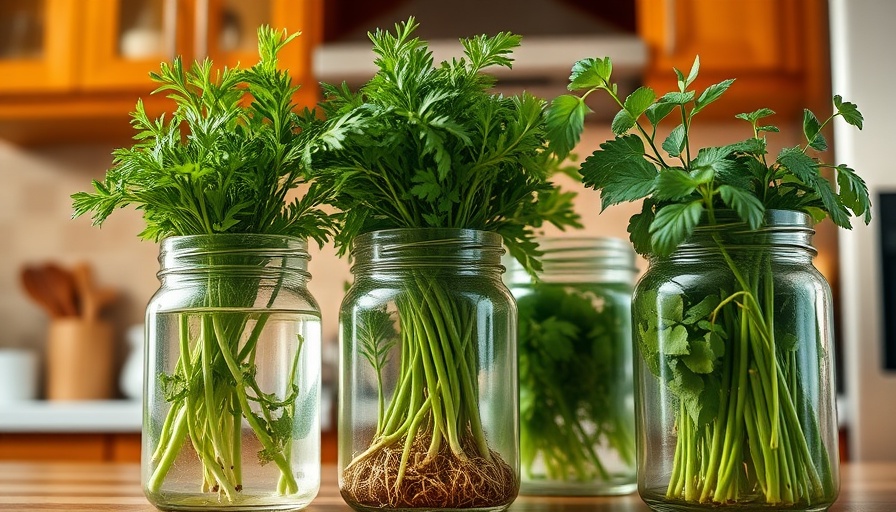
Discover How Easy it is to Grow Herbs in Water
Forget complicated gardening tools and messy soil; growing herbs in water is surprisingly easy. In fact, around 82 percent of kitchen herbs can flourish solely in water, making it a suitable gardening method for everyone, regardless of experience. This eco-friendly and hassle-free technique allows you to transform your kitchen into a vibrant herb garden.
Rooting in Water
Water propagation is more than just a trend—it's a practical solution for anyone looking to enjoy fresh herbs without the fuss of traditional gardening. This method fosters faster root development compared to growing in soil and provides a great view of nature's workings. Homeowners living in apartments, or those with limited outdoor spaces, can grow a flourishing indoor herb garden on a sunny windowsill or countertop.
Top Herbs to Get You Started
1. **Basil**: Basil thrives in water. Simply take a cutting, keep it submerged for 7 to 14 days, and watch as roots sprout. Tip: Regularly pinch off flower buds to keep plant growth focused on producing flavorful leaves.
2. **Mint**: This herb roots incredibly fast in water, offering a fresh burst of flavor for culinary treats. Place a cutting in a jar and enjoy mint for your favorite drinks and dishes.
3. **Green Onions**: Those leftover stubs you typically throw away are actually a treasure trove of botanical potential. Place the white roots in water, and they’ll regrow, providing a continuous supply for your meals.
4. **Cilantro**: Cilantro takes patience: while it roots slower than others, its unique taste is worth the wait.
5. **Parsley**: This often underappreciated herb is packed with nutrients. A simple cutting placed in water can become a versatile ingredient for various dishes.
Benefits of Indoor Herb Gardening
There are numerous reasons to start your indoor herb garden as outdoor gardening winds down in most of Utah. First, it allows you to access fresh herbs year-round, minimizing trips to the grocery store. Second, growing herbs in water eliminates soil-related mess and insects often found in traditional plant care. You can also customize your collection by choosing herbs that align with your cooking preferences.
Simple Steps to Growing Herbs in Water
To get started, all you need is a pair of scissors, clean water, and a container. Cut a 4 to 6-inch stem just below a node and place it in the container of water, ensuring no leaves are submerged. Change the water every few days to maintain a healthy environment and prevent rot.
Start Your Herb Garden Today
Gardening doesn't have to be intimidating. The simple act of growing herbs in water opens new avenues for home cooking and brings the garden experience indoors. Start experimenting with your favorite herbs today and enjoy the sustenance they can provide without the need for a green thumb. Your kitchen and taste buds will thank you.
 Add Row
Add Row  Add
Add 




Write A Comment